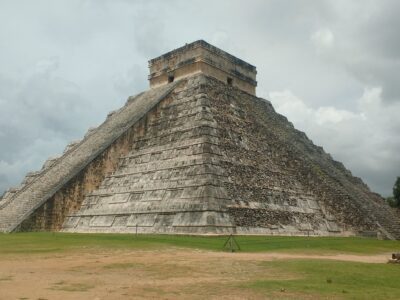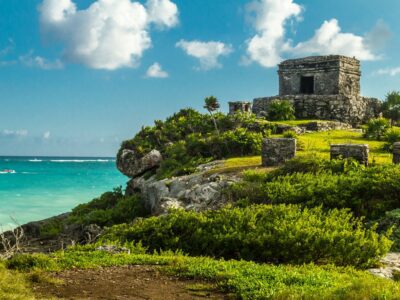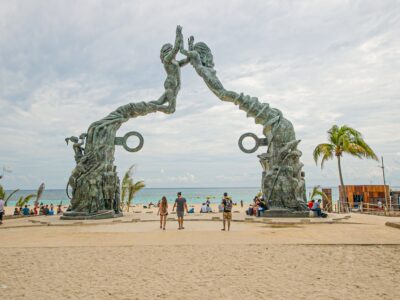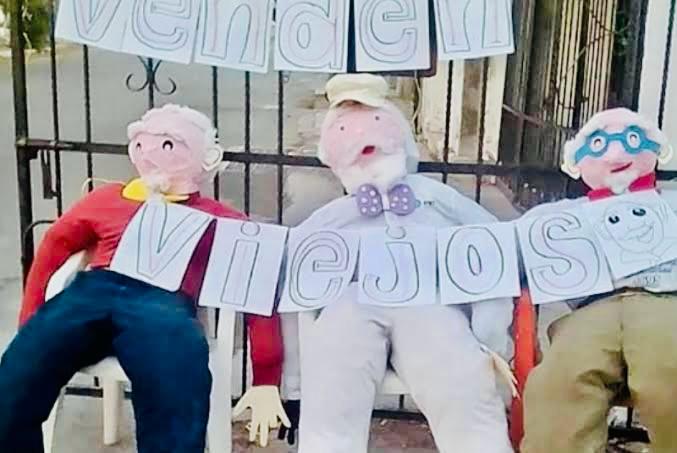In the heart of Yucatán, Mexico, the end of the year is marked by a tradition that mixes ancestral rituals, symbolism, and a good dose of pyrotechnics: the burning of the old man. This ritual, deeply rooted in Yucatecan communities, has remained alive as an act of purification and renewal. However, in recent years it has faced challenges derived from social changes and environmental concerns.
The burning of the old man consists of the creation of a doll that symbolizes the year that is ending. This doll, often made from old clothes, paper, wood, and sometimes with fireworks inside, is lit at the stroke of midnight on December 31. The act of burning the “old” represents leaving behind the bad, the emotional burdens and the negative experiences of the year, to give way to a new cycle full of hope.
Although the practice has Spanish influences related to year-end celebrations, in Yucatan it has been mixed with elements of Mayan traditions, where fire has always had a purifying and renewing meaning. In many Yucatecan homes, this tradition is accompanied by family dinners, music, and good wishes for the new year.
While the burning of the old man remains a central element of New Year’s festivities, the way it is carried out has changed over time. In past decades, the figure of the old man was made in a simple way with accessible materials, and the event was a community meeting point. Nowadays, in some localities, the burning has evolved into organized shows where more elaborate and thematic dolls are created, often reflecting political figures or cultural figures of the year.
However, not all the changes have been positive. The use of polluting materials and fireworks has generated concern among environmental groups, due to their impact on air quality and animal welfare. In response, some municipalities have begun to regulate the practice, promoting the use of biodegradable materials and reducing pyrotechnics.
Today, the burning of the old man remains a widely practiced tradition, especially in the small towns of Yucatan, where it is considered a community celebration that reinforces social ties and a sense of identity. However, in urban areas, the tradition faces some decline due to the influence of more modern ways of celebrating the New Year, such as club gatherings or private parties.
Despite this, the effort to keep the tradition alive has not ceased. Schools and cultural centers in the region have incorporated workshops where they teach new generations to create “olds” in a responsible and creative way, while other groups encourage the use of alternative methods to represent the ritual, such as small symbolic fires or theatrical acts.

The burning of the old man in Yucatán continues to be a powerful cultural expression that connects the past with the present. Although it faces challenges typical of modernity, its essence of rebirth and hope continues to resonate with those who participate in it. Like many traditions, its preservation will depend on the balance between evolution and respect for its roots, as well as awareness of the environmental impacts it entails. With the clock striking midnight this coming December 31, thousands of Yucatecan families will gather to say goodbye to the old and embrace the new, remembering that fire, more than destroying, also purifies and unites communities.
By Roberto García Hidalgo for The Yucatan Times
TYT Newsroom
The post The Burning of the Old Man: A Living New Year Tradition in Yucatán first appeared on The Yucatan Times.














